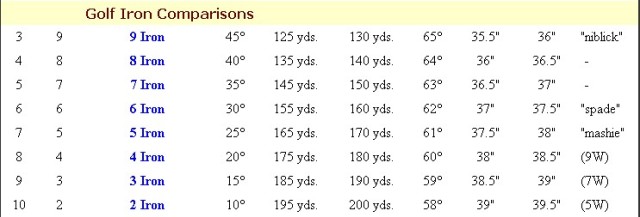Leverage vs. Axis
Question
Hi Warren,
What is the difference between leverage weight and axis weight? Also, top weight, positive weight, negative weight, finger weight, thumb weight? Can u just have positive weight? Or should u have positive with finger? Not sure on how all these weight combination works.
Thanks
Answer
Ryan,
You have quite a list. Getting too deep into terms that are not big influences on ball reaction, sometimes gets players into trouble.
In fact, the USBC is considering abandoning the imbalance rules for finger and thumb weight, with the idea they provide so little influence as to be irrelevant. Hasn't passed yet though.
Most people want to talk the talk when buying a new ball, but one little miscue and asking for side and finger weight when the balls too light, grip isn't very good and you only hit your target once in awhile, can get you into BIG trouble with an uncontrollable ball reaction for your skills.
With no idea what your skills are, you are looking for definitions of static imbalances that make up MAYBE 2% of a balls potential ball reaction.
Your ball driller should know how hard you roll the ball, some idea of your skills (average, rev rate, track, maybe even axis tilt and axis rotation, if your a very good player). If you are rolling your equipment and are 100% accurate, 2% can be a help, but ball, surface (prep), layout, and at it's most basic a balls fit are WAY more important than static imbalances.
All that being said, let me trot out the bowling dictionary: Leverage weight puts the heaviest part of a bowling ball (usually the core - up to 7 and 1/2 pounds of weight, identified by the PIN) in a position between the bowlers positive axis and the ball track. Axis weight puts the same weight on the bowlers Positive Axis Point (PAP). Usually both these positions cause a big static imbalance and require a weight hole. Neither technique is used much anymore. Cores have gotten much stronger.
Top weight is the static imbalance in a drilled and/or un-drilled ball, whereby the top half of the ball weighs more than the bottom half. Bottom weighs more (ONLY after drilling), it's called Bottom weight.
Positive weight (or positive side weight) is the imbalance difference from the right half of a drilled ball versus the left half (assuming a right handed bowler) splitting the ball down the grip centerline. Negative (side) weight is when the left half weighs more than the right half (again for a right handed bowler). Finger or thumb weight, is imbalance above or below the mid-line of a balls grip. The imbalance when the finger quadrant of a ball is heavier than the thumb quadrant is called finger weight. When thumb quadrant is heavier, it's Thumb weight.
The side weight (and any imbalance) question allows a legal amount of weight and varies for ball weight. (For example max top/bottom weight for a drilled 15# ball is 3 ounces, side (positive/negative) 1 ounce, finger or thumb 1 ounce.)
Most drilled balls have some combination of the weights mentioned (obviously, you can't have top and bottom, positive and negative, finger and thumb). Static weights are usually kept to the legal requirements, with little concern for their influence (there is some, but noticeable/ useful for only the very consistent, very slow or fast ball speed players). Imbalances should be way down the list of your concerns as you seek to improve as a bowler. Can I ask why you are interested in the terms? Have they played some roll in a ball(s) for you?
Thanks for the question, good luck and good bowling.
callus on thumb
balls


